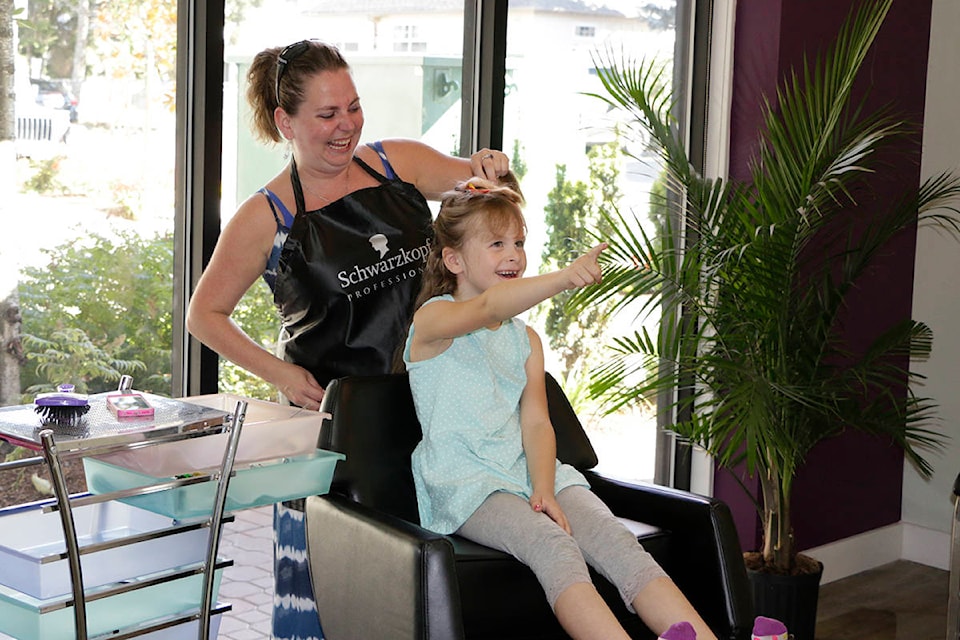While it’s not a problem many people like to talk about, head lice will affect many West Shore households.
The Gazette asked professional ‘nit-picker’ Sherri Phillips, from Bugger-Off Lice Services, to answer a few common questions about those nasty little buggers and dispel a few myths for parents and guardians as September looms in the not so distant future.
How did you end up in this business?
Head lice is every parents’ worst nightmare. Even the word lice makes you feel itchy. Heck, you’re probably scratching right now just reading this. I like to call this phenomenon “the subliminal itch.”
The second you realize your child has head lice, it seems your whole busy life is put on hold as you try to search the internet looking for the best way to quickly and efficiently eradicate these little pests. It can be very overwhelming. Plus, by this point, you are convinced you, yourself, have lice as you are now feeling itchy.
This was my experience five years ago. We got head lice six times while my daughter was in kindergarten.
Welcome to the school years.
When I finally figured out how to quickly and efficiently deal with head lice, I decided I wanted to help other parents and the community. Bugger-off Lice Services was born.
What does head lice look like?
The bugs themselves can be very difficult to find so the best way to diagnose head lice is to look for the nits (eggs). Nits are typically found around the ears and the nape of the neck, one to three centimetres from the scalp. However, they can be laid anywhere on the hair shaft. Nits are shaped like a teardrop that is completely stuck on the hair shaft. When first laid they appear transparent with a tiny black dot in the middle. As the egg matures the black dot gets bigger and bigger and eventually, the nit looks just like a black dot. This is the bug we can see through the egg.
If you’re not sure if it’s a nit or just dandruff, try running your finger up and down the hair shaft over the debris. If it comes off easily you’re in the clear. Head lice practically crazy glue the egg onto the hair shaft so it will not detach without a fight.
What should I do if my child has head lice?
Pesticide products have been around for many years and are not working like they used to.
The best thing to do is focus on the head by removing all the nits and bugs you can find. The most efficient way to do this is with a quality metal nit comb like the “Licemeister.”
How do I prevent head lice?
Head lice are tricky little bugs. They transfer from one person to another by direct contact. The bug can actually smell a different host from the head it’s currently on and will actually try its darnedest to get to the new host whenever it has a chance. That’s why people like to use tea tree oil and other essential oils as a deterrent.
I recommend checking your children once a week for head lice.
Find the entire fall edition of West Shore Family online.
